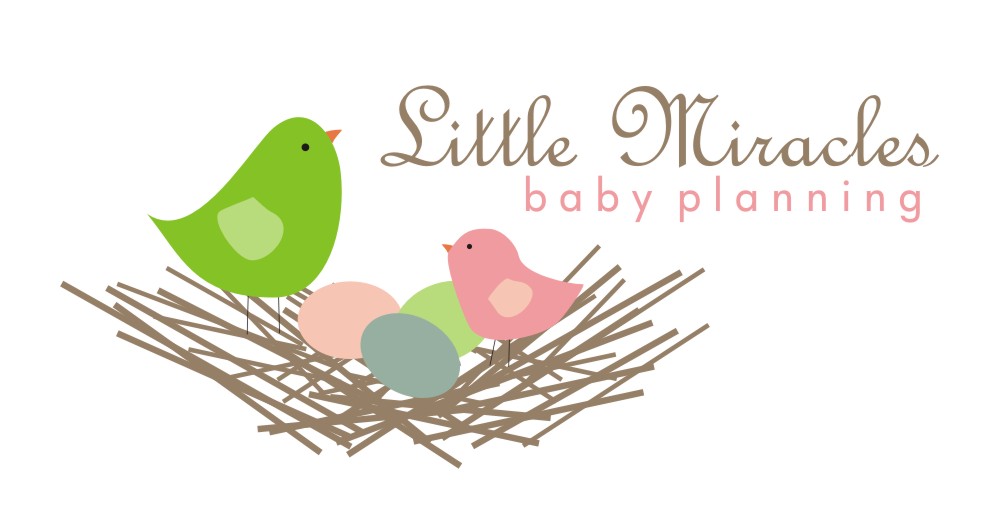
Triclosan, the controversial disinfectant that many associate with hand sanitizers, is actually in all manner of cosmetics and personal care products.
The Trouble With Triclosan
The big problem with triclosan is that it’s become ubiquitous. It’s in a host of over the counter personal care products, and that means that it’s also in our bodies and washing down our drains.
There are quite a few health concerns associated with triclosan. It’s a suspected endocrine disruptor and carcinogen that accumulates in the body over time. Since it’s in so many products, many of us are exposed to triclosan on a daily basis through multiple products in our daily routine.
When triclosan makes its way into waterways, it breaks down into harmful dioxins, polluting waterways. When triclosan goes down the drain, it also gets mixed up with sewage sludge, and from there makes its way into our food supply. How does that happen? It turns out that EPA allows sewage sludge to be used as a fertilizer on food crops.
Over time, organisms that triclosan targets also start becoming resistant to the chemical. That’s bad news if you’re counting on the stuff to sterilize an operating room, for example. When we over-use these harsh chemicals, we make them less effective for situations where they could have been beneficial.
Image Credit: Creative Commons photo by SCA Svenska Cellulosa Aktiebolaget

Common Products That Contain Triclosan
- Toothpaste
- Deodorant
- Pet shampoo
- Makeup
- Skin cleansers
- Dry shampoo
- Foot sprays and creams
- Bath soaks
- Mouthwash
- Hand sanitizers and soaps
- Shaving cream and shaving gel
Basically, this stuff is in everything. It’s often added to lengthen the products’ shelf life, so it could be in a product but not listed as an active ingredient.
Of course, not every brand of all of these products contains triclosan, and the best way to make sure you’re not putting this antimicrobial into your shopping basket and onto your body is to do some careful label-reading. Even products labeled as “natural” sometimes contain triclosan.
While keeping such a common ingredient out of the medicine cabinet might seem overwhelming, once you get into the habit of label-reading, it will start to become second nature. Who knew that activism could be as simple as reading through an ingredients list?
Image Credit: Creative Commons photo by bsing

.png)




No comments:
Post a Comment